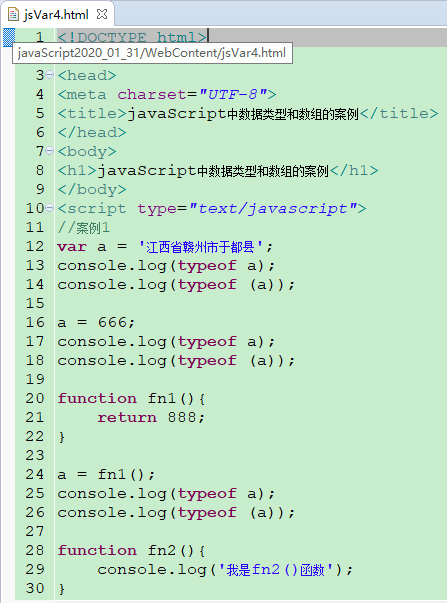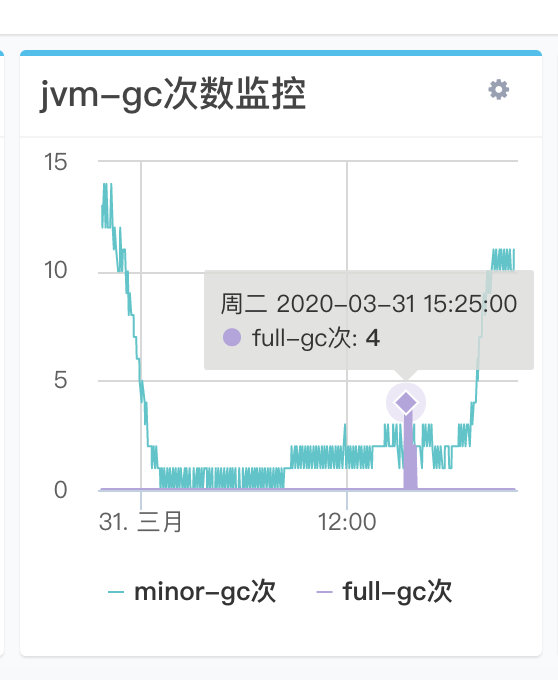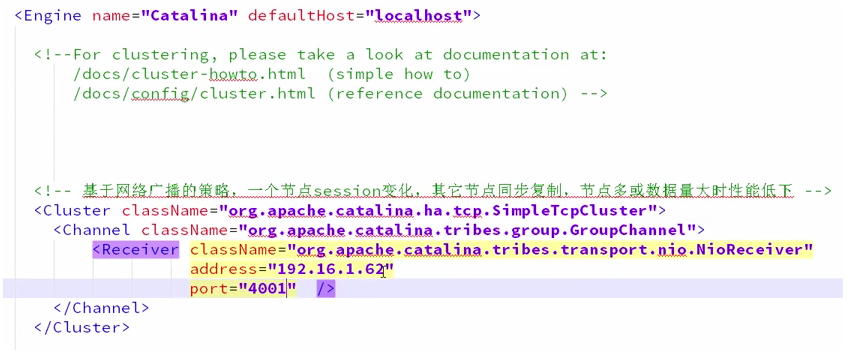netty 4.1.45 第一个netty程序
文章目录
- 概述
- maven依赖
- 服务端
- 客户端
- 运行结果
注:更多netty相关文章请访问博主专栏: netty专栏
概述
本系列文章介绍netty的学习。使用的版本是4.1.45
jdk采用Java11
本系列文章由浅入深,先学习使用,再研究其实现原理。
本节编写一个最简单的netty服务器。
maven依赖
<dependency><groupId>io.netty</groupId><artifactId>netty-all</artifactId><version>4.1.45.Final</version></dependency>
服务端
package com.example;import io.netty.bootstrap.ServerBootstrap;import io.netty.buffer.ByteBuf;import io.netty.buffer.Unpooled;import io.netty.channel.*;import io.netty.channel.nio.NioEventLoopGroup;import io.netty.channel.socket.SocketChannel;import io.netty.channel.socket.nio.NioServerSocketChannel;public class MyNettyServer {public static void main(String[] args) {//配置服务端NIO线程组EventLoopGroup bossGroup = new NioEventLoopGroup();EventLoopGroup workGroup = new NioEventLoopGroup();try {ServerBootstrap serverBootstrap = new ServerBootstrap();serverBootstrap.group(bossGroup, workGroup)//配置主从线程组.channel(NioServerSocketChannel.class).option(ChannelOption.SO_BACKLOG, 1024)//配置一些TCP的参数.childHandler(new MyChildHandler());//添加自定义的channel//绑定8080端口ChannelFuture channelFuture = serverBootstrap.bind(8080).sync();//服务端监听端口关闭ChannelFuture future = channelFuture.channel().closeFuture().sync();} catch (Exception e) {e.printStackTrace();} finally {//netty优雅停机bossGroup.shutdownGracefully();workGroup.shutdownGracefully();}}}class MyChildHandler extends ChannelInitializer<SocketChannel> {@Overrideprotected void initChannel(SocketChannel socketChannel) {//将自定义的channelhandler添加到channelpipeline的末尾socketChannel.pipeline().addLast(new TimeServerHandler());}}/** * TimeServerHandler这个才是服务端真正处理请求的服务方法 */class TimeServerHandler extends ChannelInboundHandlerAdapter {@Overridepublic void channelRead(ChannelHandlerContext ctx, Object msg) throws Exception {//将请求入参转为ByteBuf对象ByteBuf byteBuf = (ByteBuf) msg;byte[] bytes = new byte[byteBuf.readableBytes()];byteBuf.readBytes(bytes);//由于我们这里传的参数是string,所以直接强制转换String body = new String(bytes, "UTF-8");System.out.println("收到客户端请求:" + body);SimpleDateFormat format = new SimpleDateFormat("yyyy-MM-dd HH:mm:ss");String currentTimeStr = "QUERY TIME ORDER".equalsIgnoreCase(body) ?format.format(new Date()) + "" : "BAD ORDER";ByteBuf resp = Unpooled.copiedBuffer(currentTimeStr.getBytes());ctx.write(resp);}@Overridepublic void channelReadComplete(ChannelHandlerContext ctx) {ctx.flush();}@Overridepublic void exceptionCaught(ChannelHandlerContext ctx, Throwable cause) {ctx.close();}}
这里配置了NIO服务端,采用的是主从线程模型,关于主从模型后续再介绍。
服务端端口是8080.
服务端真正处理客户端请求的方法是com.example.TimeServerHandler#channelRead,该方法的作用是接收请求,返回服务器时间。
客户端
package com.example;import io.netty.bootstrap.Bootstrap;import io.netty.buffer.ByteBuf;import io.netty.buffer.Unpooled;import io.netty.channel.*;import io.netty.channel.nio.NioEventLoopGroup;import io.netty.channel.socket.SocketChannel;import io.netty.channel.socket.nio.NioSocketChannel;public class MyNettyClient {public static void main(String[] args) {//客户端NIO线程组EventLoopGroup group = new NioEventLoopGroup();try {Bootstrap bootstrap = new Bootstrap();bootstrap.group(group).channel(NioSocketChannel.class).handler(new ChannelInitializer<SocketChannel>() {@Overrideprotected void initChannel(SocketChannel ch) {ch.pipeline().addLast(new TimeClientHandler());}});//异步链接服务器ChannelFuture future = bootstrap.connect("127.0.0.1", 8080).sync();//等等客户端链接关闭future.channel().closeFuture().sync();} catch (Exception e) {e.printStackTrace();} finally {//优雅停机group.shutdownGracefully();}}}//客户端业务逻辑处理类class TimeClientHandler extends ChannelInboundHandlerAdapter {/** * 客户端与服务器TCP链路链接成功后调用该方法 * @param ctx */@Overridepublic void channelActive(ChannelHandlerContext ctx) {byte[] req = "QUERY TIME ORDER".getBytes();ByteBuf firstMsg = Unpooled.buffer(req.length);firstMsg.writeBytes(req);ctx.writeAndFlush(firstMsg);//写入缓冲并且发送到socketchannel}/** * 读取到服务端相应后执行该方法 * @param ctx * @param msg * @throws Exception */@Overridepublic void channelRead(ChannelHandlerContext ctx, Object msg) throws Exception {ByteBuf byteBuf = (ByteBuf) msg;byte[] bytes = new byte[byteBuf.readableBytes()];byteBuf.readBytes(bytes);String body = new String(bytes, "UTF-8");System.out.println("服务端返回:"+body);}@Overridepublic void exceptionCaught(ChannelHandlerContext ctx, Throwable cause) throws Exception {System.out.println("Unexpected exception from downstream : " + cause.getMessage());ctx.close();}}
运行结果
先启动服务器端,再启动客户端。可以看到客户端运行结果:
OK,第一个netty程序就完成了,上面代码中有一些注释帮助理解运行过程。后续会再写更深入的文章。
注:更多netty相关文章请访问博主专栏: netty专栏



































还没有评论,来说两句吧...